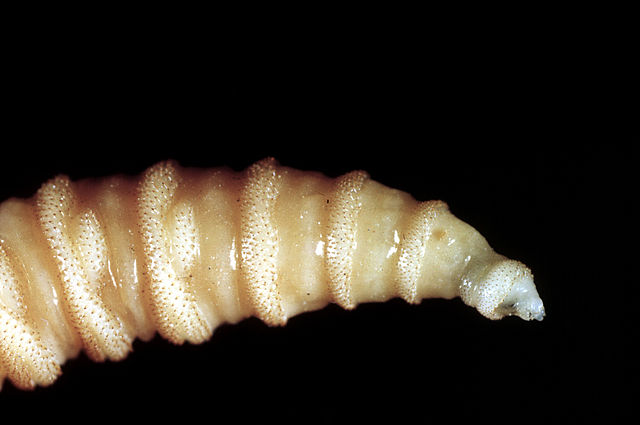Horrifying screwworm infection confirmed in US traveler after overseas trip
Flesh-eating screwworm larvae poised to invade the US have snuck into Maryland via the flesh of a person who had recently traveled to El Salvador, upping anxiety about the ghastly—and economically costly—parasite.
Reuters was first to report the case early Monday, quoting Andrew Nixon, spokesperson for the US Department of Health and Human Services, who said in an email that the Centers for Disease Control and Prevention had confirmed the case on August 4 in a person who had returned from a trip to El Salvador.
While other outlets have since reported that the screwworm case found in Maryland is the first human case in the US, or first travel-related case in the US, or the first case in years—none of those things are true. Screwworms are endemic in parts of South America and the Caribbean and travel-related cases have always been a threat and occasionally pop up in the US. While the CDC doesn’t keep a public tally of the cases, experts at the agency have noted several travel-related human cases in the US in recent years, including one as recent as last year.
The new case in Maryland doesn’t change anything in the US. “The risk to public health in the United States from this introduction is very low,” Nixon wrote to Reuters. But, what has changed is that the risk of an incursion at the US-Mexico border is no longer low—in fact it’s rather high currently.
Savage parasites
Screwworms were once endemic to the US before a massive eradication effort that began in the 1950s drove the population out of the US and Central America. The flies were held at bay with a biological barrier of constant releases of sterile male flies along the Darién Gap at the border of Panama and Colombia. The flies were declared eradicated from Panama in 2006. But, in 2022, the barrier was breached and the flies have worked their way back up through Central America, including El Salvador, since then. Now they are merely 370 miles or less from the Texas border, and state and federal agencies are preparing for an invasion, including with plans to build a sterile fly facility in the state.
Horrifying screwworm infection confirmed in US traveler after overseas trip Read More »


